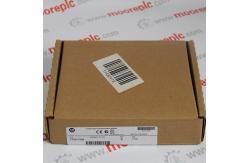ALLEN BRADLEY 1788CNC SERIES A COAX DAUGHTER CARD AB 1788-CNC NEW
|
|
NEWS FOCUS
terface cards will support. This allows products that have been designed to support the network daughtercard option to support several different Rockwell Automation networks. About the ControlNet Daughtercard You can install the 1788-CNC or -CNCR ControlNet daughtercard in any host device that supports the ControlNet daughtercard.(1) Every ControlNet network requires at least one module that is able to store parameters and configure the network with those parameters upon start-up. This module is called a ‘keeper’ since it keeps the network configuration. Any 1788-CNC or -CNCR card can keep the network parameters at any legal node address (01 to 99). Multiple devices on any one network can act as the network keeper. Each device capable of being the network keeper acts to back up the current keeper. This backup function is automatic and requires no action on your part. WARNING • If you connect or disconnect the communications cable with power applied to this module or any device on the network, an electrical arc can occur. This could cause an explosion in hazardous location installations. • If you insert or remove the card while host power is on, an electrical arc can occur. This could cause an explosion in hazardous location installations. • Be sure that power is removed or the area is nonhazardous before proceeding. (1) The host device must provide a suitable power source per the restrictions in the specifications table. IMPORTANT On the 1788-CNC or -CNCR card, the non-volatile keeper data is erased when a firmware update is performed. Setting the Node Address You must set two switch assemblies to configure the daughtercard with its unique network address. Figure 1 shows the location of the switches. These switches are read on powerup to establish the network address of the card. Set the node address to a value between 01 and 99. For optimum throughput, assign addresses to your ControlNet nodes in a sequential order starting with 01. Node address 00 is not a valid ControlNet address. You should only use node address 00 if the product that uses the ControlNet daughtercard has the ability to set the node address using the host device interface. This feature is typically used on products that do not allow easy customer access to the node address switches. If you set the node address switch to 00, it allows the host in which the daughtercard resides to set the node address, rather than allowing the daughtercard to read the node address from the switch settings. Figure 1 Setting the Node Address
Installing the Card Due to wide variation in available host devices, we cannot provide specific installation instructions in this document. For instructions on how to install the daughtercard in a host device, refer to the user manual for the particular host device. Daughtercard Performance Due to wide variation in available host devices, we cannot provide specific performance capabilities in this document. For information concerning host/daughtercard performance characteristics, refer to the user manual for the particular host device. Connecting the Card to the Network After you have installed the card, you can connect it to the network. You must connect the card to the network using an approved ControlNet tap: • 1786-TPR (T-tap right angle) • 1786-TPS (T-tap straight) • 1786-TPYR (Y-tap right angle) • 1786-TPYS (Y-tap straight) We recommend the straight taps.
RELATED PRODUCT
|
||||||||||||||||||||||||||||||||||||||||||||||||||||||||||||||||||||||||||||||||||||||||||||||||||||||||||||||||||||||
| Product Tags: allen bradley plc 5 controlnet bridge module |
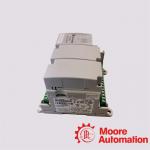
|
2080-LC20-20QWB Allen Bradley Micro820 Programmable Controllers |
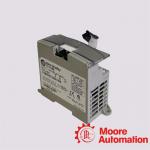
|
1762-IR4 Allen Bradley MicroLogix 1200 RTD / Resistance Input Module |
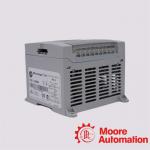
|
1762-L24BXBR Allen Bradley MicroLogix 1200 MPLC Unit |
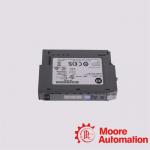
|
1734-4IOL Allen Bradley Combination Module |
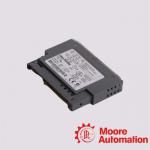
|
1734-OW4 Allen Bradley Point I/O 4DO Relay Module |
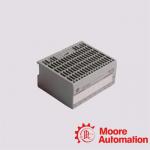
|
1797-IE8H Allen Bradley FLEX Ex I/O 8 Input HART Analog Current Module |

